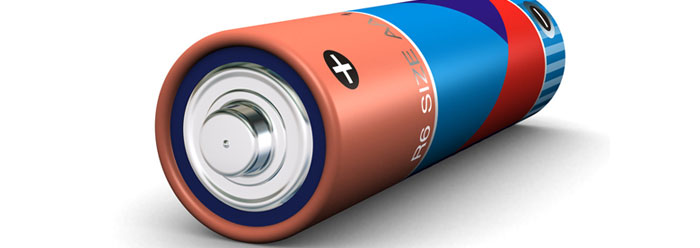Researchers at MIT have invented a “greener” battery with the help of viruses. Three years ago, they engineered a virus that coats itself with material that serves as an anode, a structure within a battery that attracts positive ions. They have now engineered a virus (bacteriophage) that serves as a cathode, which indirectly links to the anode to help make the battery functional. The result is a battery with little impact on the environment.
National Public Radio (NPR) ran a report on its Morning Edition that compared the development of this battery with the processes of evolution, stating that if the lead researcher “didn't like any properties of the electrode, she just tweaked the DNA of the virus that was making it.”1 But does this research actually portray an evolutionary process?
The viral batteries were difficult to build because of the obstacles that the technical parameters presented in the arrangement of parts. In the last few years, the team had “to tackle the positively charged cathode, which is more challenging because it needs to be highly conductive.”2 The researchers were successful in creating a fully functional battery, and the prototype is now able to power a small LED light. The environmentally benign materials could eventually be scaled up to power more tools—perhaps even cars.
“To achieve [a conductive cathode], the researchers… genetically engineered viruses that first coat themselves with iron phosphate, then grab hold of carbon nanotubes to create a network of highly conductive material.” This technology works only “because the viruses recognize and bind specifically to certain materials.”3 Additionally, the composition of these biological batteries means they could take many different shapes, conforming to the machines they will power.
NPR reported that MIT’s lead architect in this project, Angela Belcher, “has long been interested in using natural biological processes to build better technology…. In a sense, she was evolving her virus, which was evolving her electrode.”1 But rather than evolution, her research demonstrated that unaided natural processes couldn’t make something as precisely and carefully engineered as a viral battery. The team of engineers labored with specific intent for years just to overcome the nano-scale specifications required to build this first viral battery. They were required to alter viral DNA in just the right places to just the right sequence. It is precisely because nature alone did not, could not, and would not do this that the researchers had to put their time, effort, and intelligence into engineering the virus to fit the exact specifications that were needed.
Dr. Belcher did not evolve her virus. She and her team designed it by imposing non-natural specifications onto natural materials. If this illustrates the need for diligence and inventiveness on the part of the scientists involved, then it also illustrates the inadequacy of non-inventive chemical laws to assemble parts into the precise arrangements needed for specific functions. For that, scientists should seek a different Source.
References
- Palca, J. Hidden Ingredient In New, Greener Battery: A Virus. NPR Morning Edition. Posted on npr.org April 6, 2009, accessed April 6, 2009.
- Cahoon, L. Bugs Build Batteries. ScienceNOW Daily News. Posted on sciencenow.sciencemag.org April 3, 2009, accessed April 7, 2009. This article reported on the research published in Lee, Y. J et al. Fabricating Genetically Engineered High-Power Lithium Ion Batteries Using Multiple Virus Genes. Science, published online April 2, 2009.
- Trafton, A. New virus-built battery could power cars, electronic devices. MIT News. Posted on web.mit.edu April 2, 2009, accessed April 6, 2009.
* Mr. Thomas is Science Writer at the Institute for Creation Research.
Article posted on April 13, 2009.




